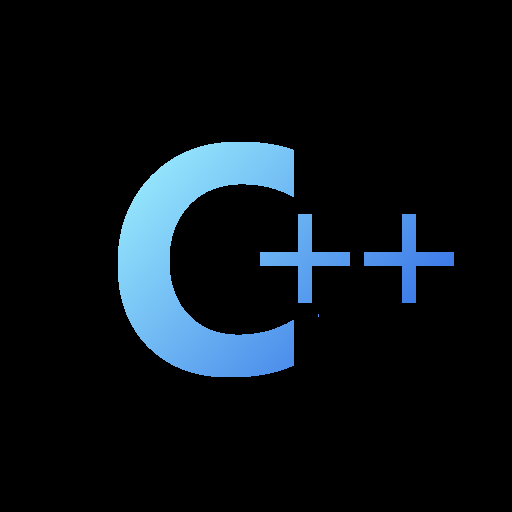

Avoid
clone()options _
I don’t really like that as general advice. A lot of the time a clone is perfectly valid and fine thing to do. More often then not I will read for a clone rather then an Rc or Arc. Its fine, you dont need to be afraid of it. And it misses the more important advice - avoid allocating in tight loops.
There are lots of ways you can allocate data. Clone being only one and not even all clones will allocate data. So it is a poor thing to get hung up on. If you have an Rc or Arc then clones are cheap. Stack only data is also cheap to clone (and is often copy). Some structs internally use Arc or Rc or are just simple wrappers around copyable types. And it misses other forms of allocations, creating Strings or Vecs, boxing data etc. All of these things including cloning are fine most of the time. But should be avoided in tight loops and performance sensitive parts. And when learning it quite often does not matter that much to avoid them at all.
I have seen quite a few people make things way harder for themselves by trying to avoid clone at all costs in all situations and IMO articles like this add to that as they never explain the main nuances of allocations and when you want to avoid them or when they are actually fine to use.









Or in other words: We lots loads of money when people didn’t flock to our exclusive platform like we wanted and it seems they don’t like being squeezed for every penny they have.